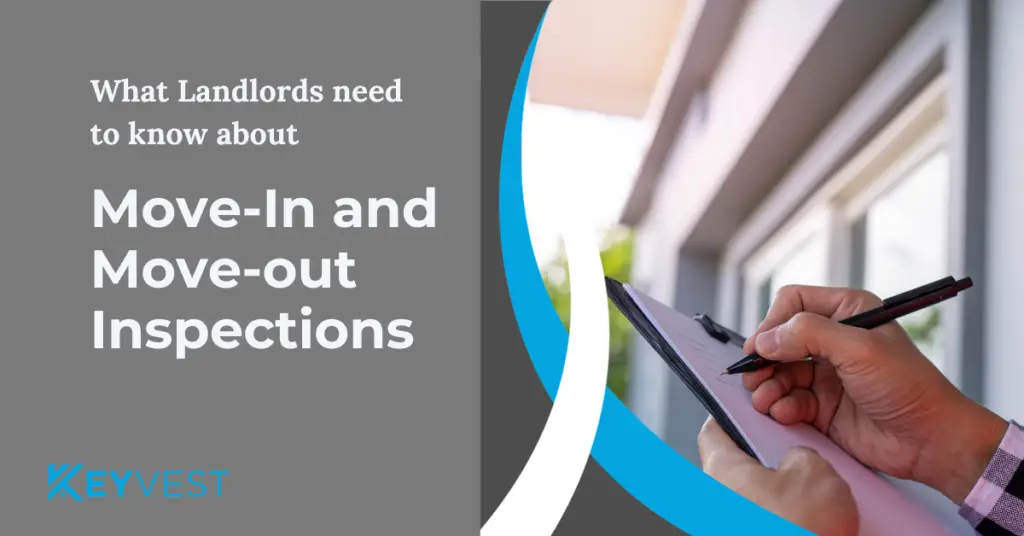
What is a Move-Out Inspection?
A move-in inspection or move-out inspection is a walkthrough landlords conduct to assess damage in a rental. Most landlords only inspect rental units twice: before and after a tenant moves in or out of the property.
After giving advance written notice, landlords can inspect the property in two different ways:
If the tenant is moving into the property – The Owner should take lots of pictures. Go room to room and take pictures of everything and make notes of any issues. Share these pictures and notes with the tenants so there is not the he-said-she-said when they move out. After the tenant-led inspection, landlords can verify and document the existing damage.
If the tenant is moving out of the property – Share the initial move in inspection with the tenants before they move out to remind them what the property looked like when they moved in. This allows landlords the opportunity to cross-reference the initial documents from the move-in inspection and verify which damage is new. After noting the damage, landlords can calculate and deduct the fees for repairs from the tenant’s security deposit.
What do I look for in a Move-Out Inspection?
Look for damage, filth, or changes made to the property that you did not agree to, such as new paint colors. It is unlawful to deduct charges from a security deposit to repair normal wear and tear. As you scan your rental, only note damage, filth, or changes that are excessive. The most common forms of damage to look for are:
- Unapproved renovations
- Rips, tears, or stains on the carpet
- Broken tiles, loose floorboards, or significant stains on the flooring
- Large holes in the walls
- Marks on the wall that require painting over
- Broken appliances, such as kitchen, bathroom, or light fixtures
- Cracked or broken windows
- Broken blinds
- Excessive trash
- Personal belongings the tenant has not removed
How do I conduct a Move-in/Move-Out Inspection?
It’s essential to prepare for an inspection in advance. While an inspection is simply a walkthrough, what you find during the inspection determines the costs for repairs and your tenant’s security deposit refund amount.
There are many ways to conduct an inspection. I would recommend using one of the many software programs now available in the market, but you will have to pay for those.
Zinpector is a very good one, and you can use Google to find others. The free way may take you a bit more time but you could simply take pictures room by room, store them in Google drive folders by room then share the link with the tenant in an email with comments of any items that need to be known – such as a stain that was already there, or a blemish on a wall, etc…
Need more help with tenant move-in or move-out advice?



